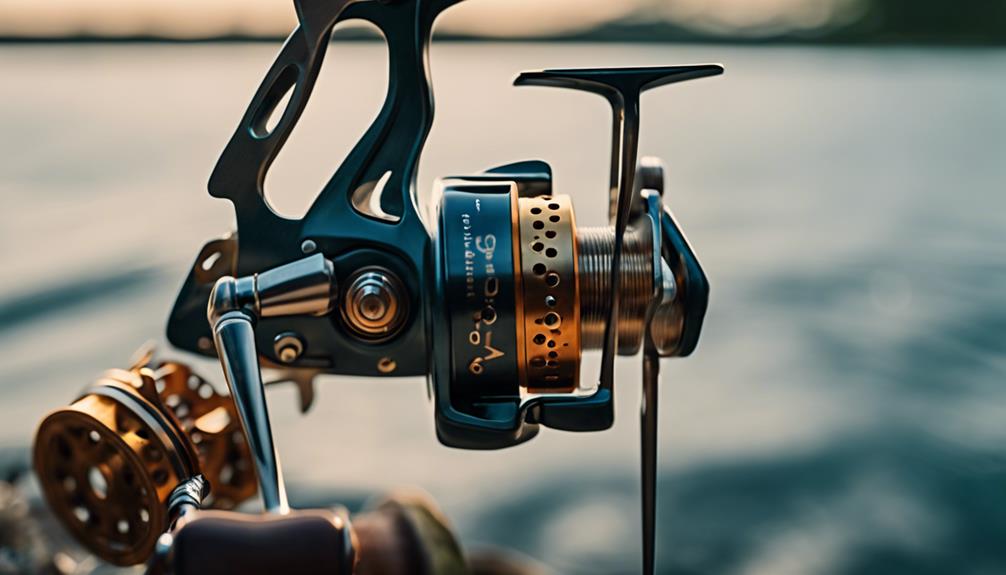Fishing enthusiasts know that success on the water often hinges on their choice of bait. One of the most effective types of bait is fishing flies nymphs, which mimic the juvenile stage of aquatic insects. In this comprehensive guide, we’ll explore the world of nymphs, from their role in the aquatic ecosystem to how anglers can effectively use them to reel in their next big catch.
Understanding the Basics of Fishing Flies Nymphs
Fishing flies nymphs are designed to imitate the immature stage of various insects, particularly mayflies, stoneflies, and caddisflies. These nymphs live underwater and serve as a critical food source for many fish species, including trout, bass, and panfish. By understanding the behavior and life cycle of these insects, anglers can better select the right nymph patterns for their fishing endeavors.
The nymph stage generally occurs after the egg hatches and before the insect emerges as an adult. During this time, nymphs are typically found on the riverbed, feeding on organic matter and detritus. This makes them an all-time favorite for fish looking for an easy meal, especially during the spring and fall seasons when fish are more actively feeding.
The Importance of Nymphing Techniques in Fly Fishing
Nymphing is a specialized technique in fly fishing that focuses on presenting nymph flies submerged in the water column. This is vital because many fish feed primarily on nymphs rather than adult insects, especially during specific times of the day or year.
There are a few popular nymphing techniques that anglers can employ, including dead-drifting, high-sticking, and Euro nymphing. Each method requires a unique approach to casting, line management, and strike detection. Mastering these techniques can significantly increase your chances of catching fish, making nymphs a critical component of any fly fisher’s arsenal.
Choosing the Right Fishing Flies Nymphs
Choosing the right fishing flies nymphs is crucial for success on the water. There are several factors to consider, including the type of water you’re fishing, the species of fish you’re targeting, and the time of year.
When selecting nymph patterns, always consider matching the local hatch. Observing the water and picking nymphs that resemble the insects present can lead to better results. Additionally, nymphs come in various sizes and colors, so it’s wise to carry a selection in your tackle box. Some popular nymph patterns include the Hare’s Ear, Pheasant Tail, and Copper John, which are known for their effectiveness in various fishing conditions.
Top Nymph Patterns for Freshwater Fishing
When it comes to freshwater fishing, certain nymph patterns stand out due to their proven effectiveness. Fishing flies nymphs like the Hare’s Ear Nymph are designed to imitate a variety of aquatic insects and are particularly effective in rivers and streams.
Another popular choice is the Pheasant Tail Nymph, which mimics mayfly nymphs and is a go-to for many experienced anglers. The Copper John is also a favorite, featuring a shiny body that attracts fish in murky waters. For those fishing in still water, consider using a balanced leech or a chironomid pattern. Each of these patterns can be fished effectively with different techniques, allowing anglers to adapt to changing conditions.
How to Fish with Nymphs: Techniques and Tips
Fishing with fishing flies nymphs requires a different approach than traditional dry fly fishing. One effective method is the dead-drift technique, where the nymph is allowed to drift naturally with the current. This requires careful line management and observation for subtle strikes.
Another technique is high-sticking, where the angler keeps the rod tip high to maintain a direct line to the nymph, allowing for better control and sensitivity to bites. Euro nymphing is another popular method that emphasizes using a long leader and weight to achieve deeper presentations. Regardless of the technique used, patience and practice are essential for mastering nymph fishing.
The Role of Water Conditions in Nymph Fishing Success
Water conditions play a significant role in the effectiveness of fishing flies nymphs. Factors such as water temperature, clarity, and current speed can all influence fish behavior and feeding patterns.
For instance, during warmer months, fish tend to be more active and may feed closer to the surface, making it essential to adjust your strategy accordingly. Conversely, in colder water, fish often seek out nymphs in deeper pools, requiring anglers to use heavier flies or additional weight to reach the desired depth. Observing water conditions and adjusting your nymphing tactics can dramatically increase your chances of success.
Common Mistakes to Avoid When Nymph Fishing
Even seasoned anglers can make mistakes when fishing with fishing flies nymphs. One common error is using the wrong size or type of nymph for the current conditions. Always take time to observe the water and identify what insects are present.
Another mistake is failing to pay attention to your line and the nymph’s drift. A slack line can result in missed strikes, so it’s essential to maintain tension while keeping an eye on your indicator. Lastly, don’t be afraid to experiment with different nymph patterns and weights until you find what works best for the current fishing scenario.
Conclusion: Elevating Your Fly Fishing Game with Nymphs
In summary, incorporating fishing flies nymphs into your fly fishing repertoire is a powerful way to enhance your fishing experiences. By understanding the behavior of nymphs, mastering effective nymphing techniques, and choosing the right patterns, you can significantly increase your chances of landing a trophy fish.
Whether you are a seasoned angler or new to the sport, the world of nymph fishing offers endless opportunities for excitement and success. So, grab your gear, select your favorite nymph patterns, and head out to the water to experience the thrill of nymph fishing firsthand!
